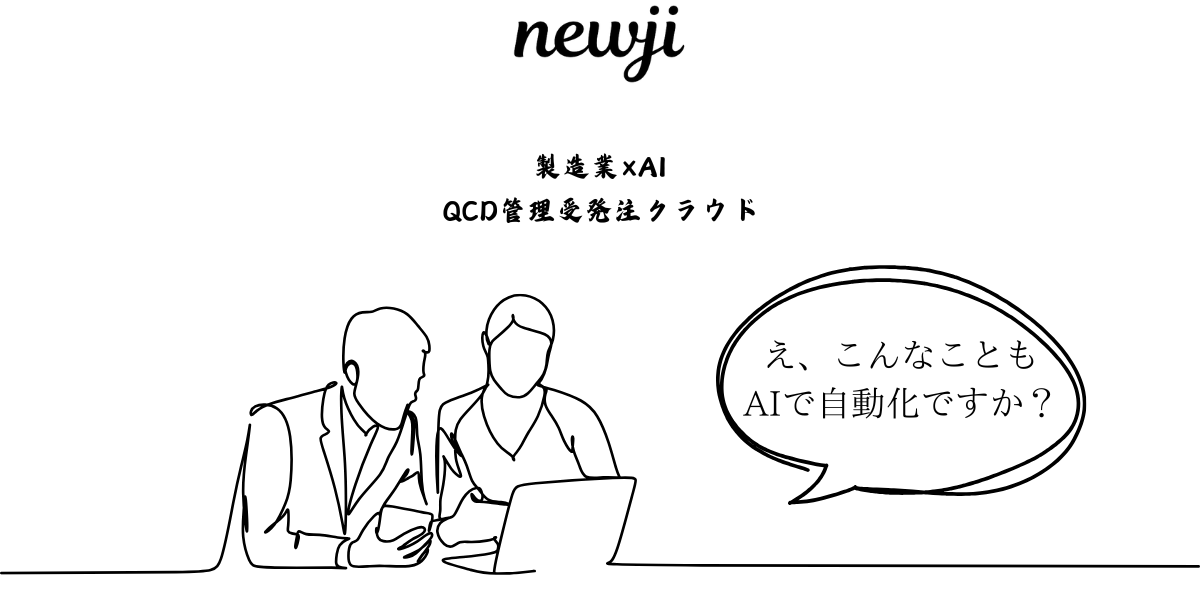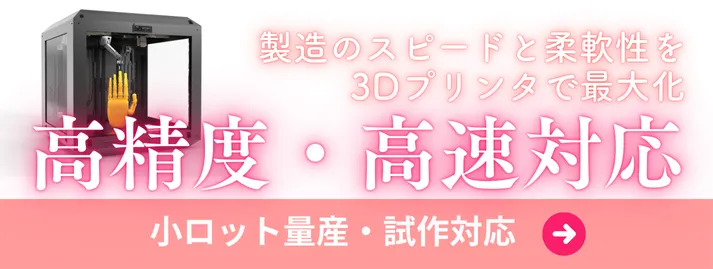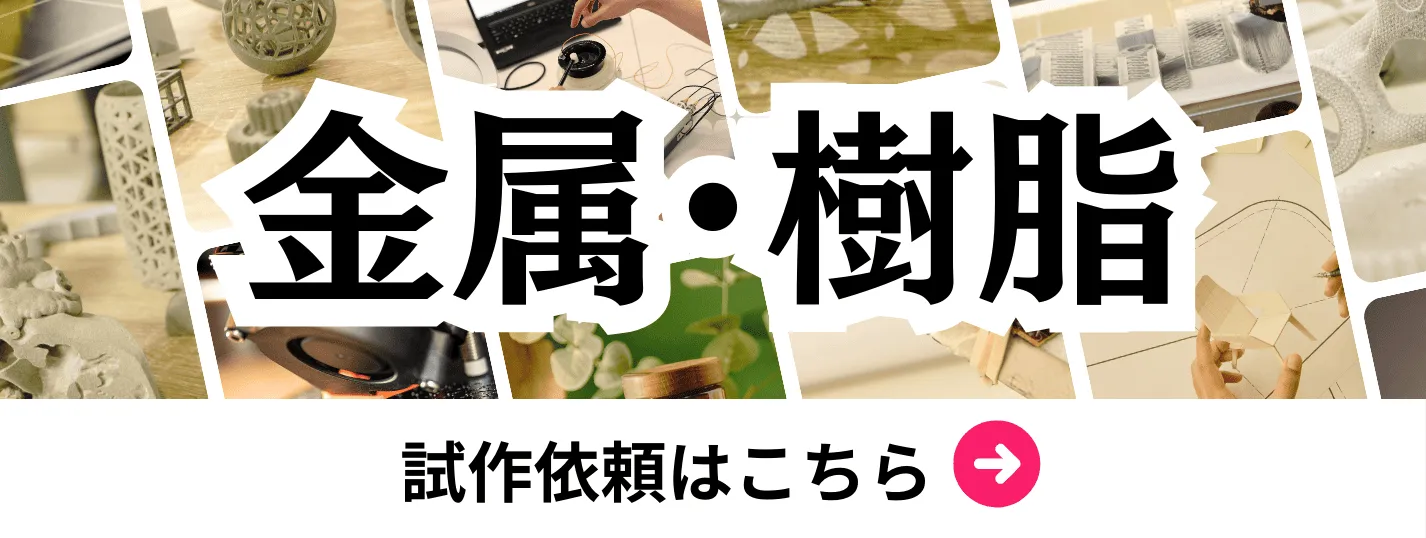- お役立ち記事
- Process and considerations for outdoor installation enclosures from design to prototyping
月間76,176名の
製造業ご担当者様が閲覧しています*
*2025年3月31日現在のGoogle Analyticsのデータより

Process and considerations for outdoor installation enclosures from design to prototyping

目次
Introduction to Outdoor Installation Enclosures
Outdoor installation enclosures are essential components designed to protect electrical equipment from environmental influences like rain, dust, and temperature fluctuations.
These enclosures play a crucial role in ensuring the functionality and safety of outdoor electrical systems.
The process, from design to prototyping, involves various considerations to ensure the enclosures are both effective and reliable for long-term use.
Understanding the Design Requirements
The first step in crafting an outdoor installation enclosure is understanding the design requirements.
This involves assessing the specific environmental conditions the enclosure will face, such as exposure to sunlight, humidity, and corrosive elements.
The design must also comply with industry standards and regulations to ensure safety and durability.
An accurate assessment of equipment dimensions and space requirements is crucial in determining the appropriate size and shape of the enclosure.
Material Selection
Choosing the right material for the enclosure is a pivotal part of the design process.
Common materials include stainless steel, aluminum, and polycarbonate, each offering different levels of protection and longevity.
Consideration of factors like weight, thermal conductivity, and corrosion resistance is essential in this selection.
The choice of material can significantly impact the performance and life span of the enclosure.
Design Features
Incorporating specific design features can enhance the enclosure’s functionality.
For instance, gaskets and seals are critical in preventing water ingress, while ventilation systems help regulate internal temperature.
The inclusion of mounting options can simplify installation, making the enclosure adaptable to various surfaces.
Consideration of these design features can greatly influence the enclosure’s effectiveness and ease of use.
Prototyping Process
Once the design is finalized, the next step is creating a prototype.
Prototyping allows for testing and evaluation of the design to ensure it meets all functional and performance requirements.
This stage involves fabricating a preliminary model using the selected materials and incorporating the proposed design features.
Testing the Prototype
Testing is a critical phase in the prototyping process.
The prototype must undergo rigorous testing to verify its durability, weather resistance, and overall performance.
Tests often include exposure to simulated environmental conditions, such as high temperatures, humidity, and UV radiation.
These tests help identify any weaknesses in the design that need to be addressed before final production.
Adjustments and Final Modifications
After testing, any necessary adjustments are made to enhance the enclosure’s performance.
This might involve altering the material selection, redesigning certain features, or reinforcing key areas.
Once these modifications are approved, the design is ready for final production, ensuring that the enclosure will perform reliably in real-world conditions.
Considerations for Efficient Installation
Efficient installation is crucial to the overall success of the enclosure system.
Proper installation techniques ensure the enclosure’s protective features function as intended, safeguarding the contained equipment.
Location and Environmental Factors
Selecting the right location for installation is vital.
The enclosure should be positioned in a manner that minimizes exposure to direct sunlight and extreme weather conditions.
This helps prolong the life of both the enclosure and the equipment it protects.
Environmental factors such as surrounding vegetation or nearby structures should also be considered to prevent potential hazards.
Mounting and Securing the Enclosure
The method of mounting and securing the enclosure is equally important.
It must be firmly attached to prevent movement or dislodgment due to wind or vibrations.
Different mounting options, like wall mounts or freestanding bases, should be considered based on the specific site conditions and the size of the enclosure.
Conclusion
The process of designing, prototyping, and installing outdoor installation enclosures is complex, requiring careful planning and consideration of various factors.
From selecting the right materials and integrating effective design features, to rigorous testing and efficient installation, each step is crucial to ensure the enclosure meets its intended purpose.
By following a structured approach, these enclosures can provide long-lasting protection for outdoor electrical systems, maintaining their performance and extending their lifespan.
 資料ダウンロード
資料ダウンロード
QCD管理受発注クラウド「newji」は、受発注部門で必要なQCD管理全てを備えた、現場特化型兼クラウド型の今世紀最高の受発注管理システムとなります。
 ユーザー登録
ユーザー登録
受発注業務の効率化だけでなく、システムを導入することで、コスト削減や製品・資材のステータス可視化のほか、属人化していた受発注情報の共有化による内部不正防止や統制にも役立ちます。
 NEWJI DX
NEWJI DX
製造業に特化したデジタルトランスフォーメーション(DX)の実現を目指す請負開発型のコンサルティングサービスです。AI、iPaaS、および先端の技術を駆使して、製造プロセスの効率化、業務効率化、チームワーク強化、コスト削減、品質向上を実現します。このサービスは、製造業の課題を深く理解し、それに対する最適なデジタルソリューションを提供することで、企業が持続的な成長とイノベーションを達成できるようサポートします。
 製造業ニュース解説
製造業ニュース解説
製造業、主に購買・調達部門にお勤めの方々に向けた情報を配信しております。
新任の方やベテランの方、管理職を対象とした幅広いコンテンツをご用意しております。
 お問い合わせ
お問い合わせ
コストダウンが利益に直結する術だと理解していても、なかなか前に進めることができない状況。そんな時は、newjiのコストダウン自動化機能で大きく利益貢献しよう!
(β版非公開)









